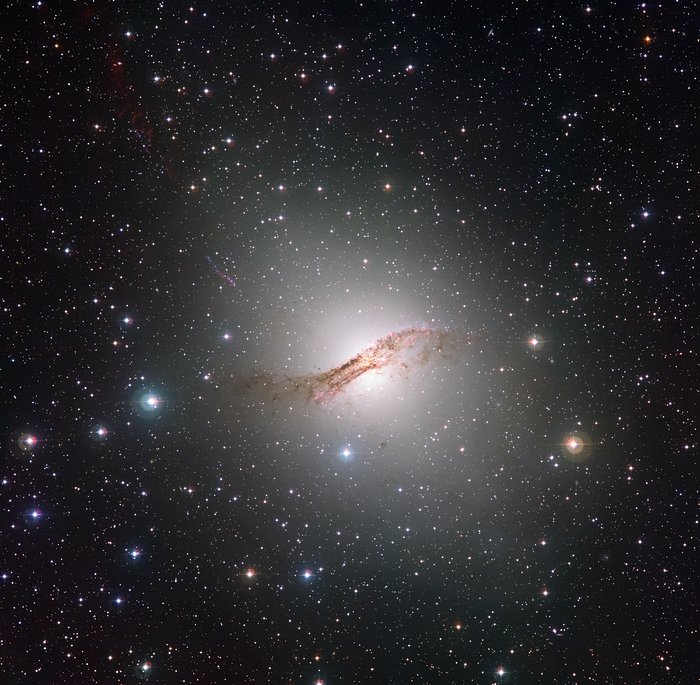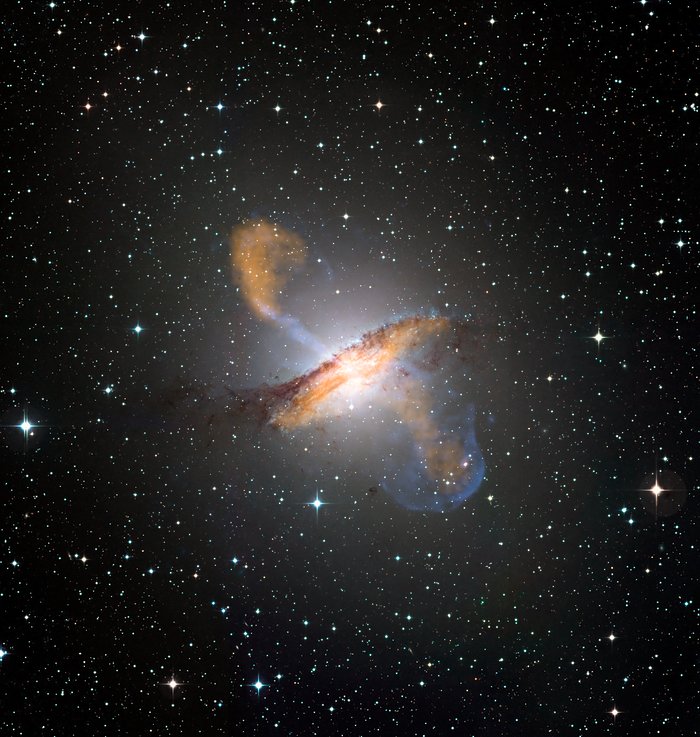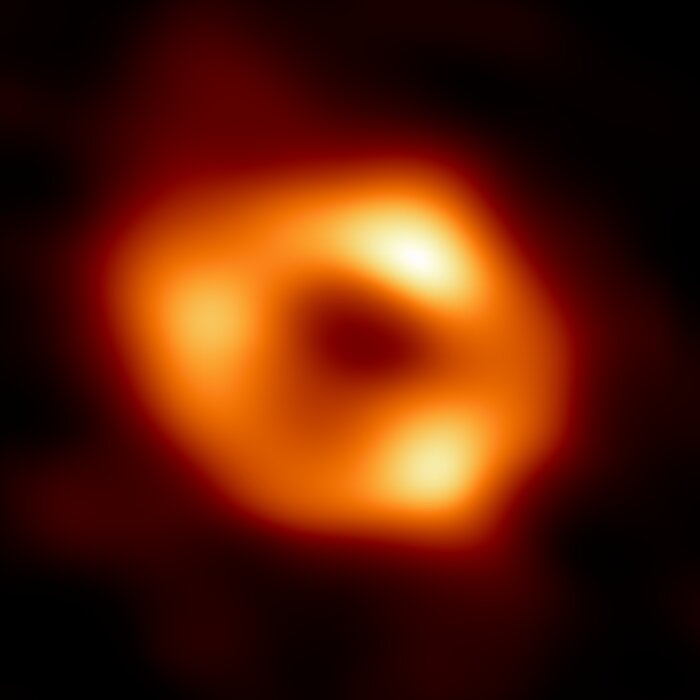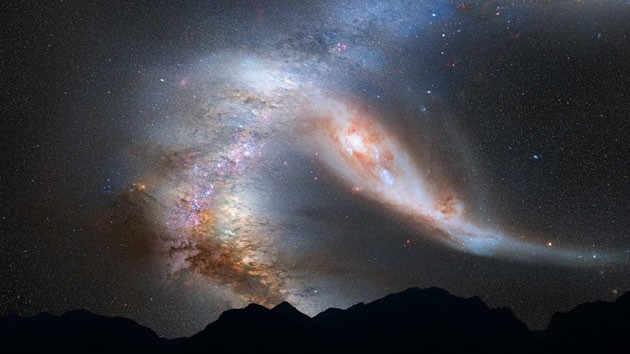Revealing a galaxy’s “true colours” 🌈
- Lauren Lewis

- Mar 3, 2023
- 2 min read
This is the galaxy Centaurus A:
Credit: ESO/WFI
Located in the southern constellation of Centaurus, Centaurus A is the fifth brightest galaxy in our skies. Its peculiar appearance, with a characteristic elliptical shape obscured by an unusually thick and wide dust band, has fascinated astronomers since its discovery in 1826.
However, its only when observing radiation other than visible light that Centaurus A’s true nature is unveiled:
Credit: ESO/WFI (Optical); MPIfR/ESO/APEX/A.Weiss et al. (Submillimetre); NASA/CXC/CfA/R.Kraft et al. (X-ray)
This image, created by layering x-ray (blue) and microwave (orange) data on top of an optical photograph, reveals two very curious features. These features, known as “jets” and “lobes”, stream away from the centre of the galaxy at over half the speed of light and extend hundreds of thousands of light years into space. But what’s causing them?
Astrophysicists believe that a supermassive black hole (SMBH) beating at the very heart of Centaurus A is to blame. This SMBH appears to be feeding on vast amounts of gas and dust around it, and simultaneously spewing out huge amounts of energy in the process.
This behaviour may be the result of a dramatic merger event between an elliptical and a spiral galaxy in the past. By throwing everything off balance, this event could have triggered the black hole’s feeding spree, and may also explain Centaurus A’s peculiar dust band.
Whilst it’s thought that every galaxy contains a SMBH at its centre, this phenomenon (referred to as an Active Galactic Nucleus [AGN]) is pretty rare. The SMBH lying at the centre of our own galaxy, for example, (Sgr A*) is not currently active.
Credit: EHT Collaboration
However, by studying AGNs like Centaurus A, we may be able to uncover whether Sgr A* was ever active in its past, or whether it might become active in the future. In particular, if galactic merger events are known to provide the required spark, then our pre-ordained collision with The Andromeda Galaxy, 4.5 billion years from now, could have explosive repercussions...
Credit: NASA, ESA, Z. Levay and R. van der Marel (STScI), T. Hallas, and A. Mellinger (artist's impression of our night sky during the collision)
A black hole at the centre of a galaxy spewing out high-energy rays might sound like a threat to life. However, recent research suggests AGNs may be more of a help than a hindrance, when it comes to both creating, and sustaining life. Check out this article to learn more.
For image credits, please see the image credits tab











Comments